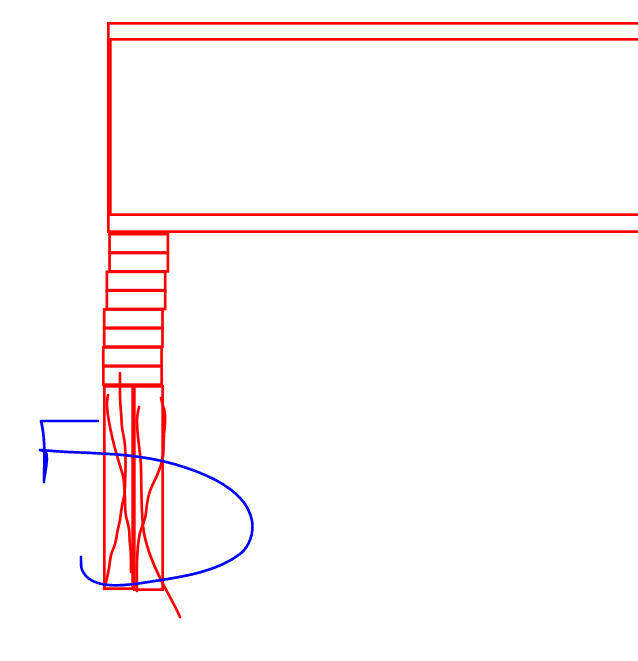Hi everyone,
We have a situation where the wood floor joists are not bearing on an LVL beam. The contractor suggested that the gap between the joists and the LVL be filled by shimming 3 plies of 2x4s. The 2x4s will be stacked one abkve the next one, where the smaller dimension (1.5 inch) will be vertical (floor joists will be supported on the larger dimension of the 2x4s.
Is this acceptable in concept? Does it need to be calculated, or it is unacceptable regardless of the numbers?
We have a situation where the wood floor joists are not bearing on an LVL beam. The contractor suggested that the gap between the joists and the LVL be filled by shimming 3 plies of 2x4s. The 2x4s will be stacked one abkve the next one, where the smaller dimension (1.5 inch) will be vertical (floor joists will be supported on the larger dimension of the 2x4s.
Is this acceptable in concept? Does it need to be calculated, or it is unacceptable regardless of the numbers?

